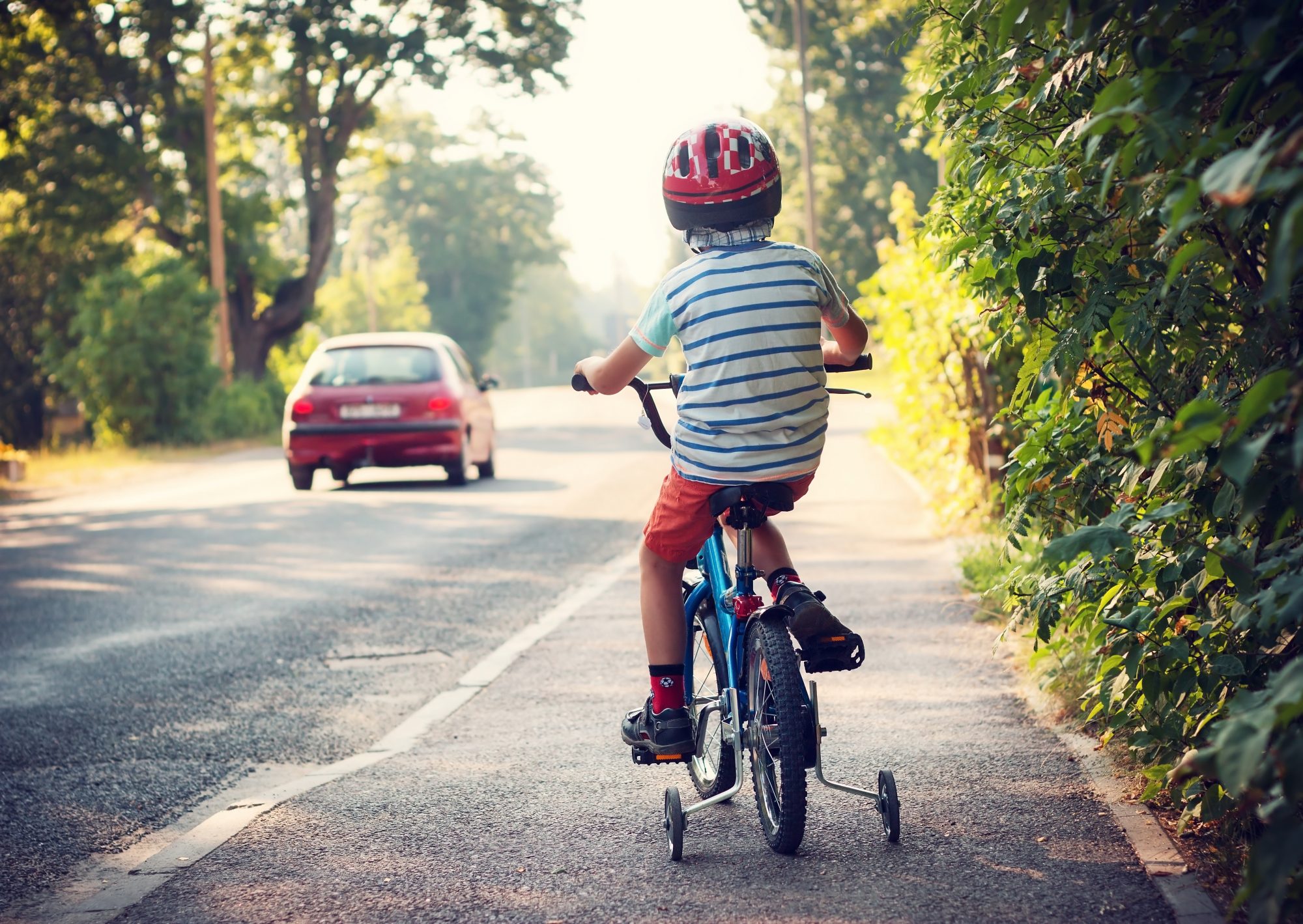Five ways cities nudge people to better behaviour
You make decisions without really thinking about it – every day. Clicking this article might have been one. Behavioural economists know a way to direct these thoughtless decisions, using “nudges” into a certain direction.
Every day, we make hundreds of decisions, many of them intuitively – from our guts. This lack of rationality can be utilized by outsiders. By proposing indirect suggestions and positive reinforcement, our decision-making process can be influenced. Behavioural economists call that a “nudge”. Many cities use that fact to change their residents’ behaviour to the better. While some criticize that as manipulative, it is certain that positive effects can be created with little effort. In many cases, nudges are cheaper and more effective than rules and fines – which would have to be executed constantly. Here are five ways, cities nudge people to better behaviour.
#1 A Race for Road Safety
Increasing safety probably isn’t the first thing that comes to your mind when you hear the words “driving” and “mobile phones”. The city of Boston turned the tables by using a mobile application to increase road safety. That’s how the idea – that was developed by a MIT spinout – works: The app measures five safety related areas: speed, acceleration, breaking, turns, and phone distraction. The drivers are scored between zero and 100 in every area. All users of the app participate in the “Boston’s safest driver” competition, with attractive cash prices.
In the most recent round of the competition, there were 5,000 participants. 1,100 of them dropped their phone distraction by 47 per cent and speeding by 35 per cent. The public feedback was enthusiastic. Friends, family, neighbours and co-workers started competing with each other and even bragged with their safe driving skills.
In behavioural economics, this is called friendly competition and can be a very effective nudge. In this case, a monetary incentive reinforced the positive behaviour caused by the competition.
Boy on bike

#2 Step by Step to a Cleaner City
Copenhagen is not only known for its beautiful architecture and historic sights, it is also regarded as one of the world’s cleanest cities – and it wants to become even cleaner and greener. Despite the fact, that 90 per cent of the residents claim to be concerned about littering, about 30 per cent occasionally “lose” their trash on streets or in parks.
In 2011, scientists from Roskilde University tackled that problem: First, they observed pedestrian’s behaviour by handing out free candy and counting how many of the wrappers ended on the streets and how many in garbage bins. After that, green footsteps, directing the way to green garbage bins were placed on the ground. As a result, they counted 46 per cent fewer wrappings on the streets after handing out candy again.
The reasons for this change in behaviour is simply making it easy to find a bin. Especially when people are in a hurry, they don’t take the time to locate the nearest one. Although they initially want to keep the streets clean, they end up littering. By making bins better visible, people started using them more often.
Beautiful old buildings of Amalienborg castle

#3 Will They Reply?
Before hurricane Katrina, the Charity Hospital was New Orleans’ pride: It was one of the oldest public hospitals in the US and regarded as one of the most successful and vital, serving over 100,000 patients a year – many of them uninsured. The hospital was a familiar institution to the poor community. After the storm, it was folded in the new University Medical Center. This was perceived as a slap in the face of the poor and largely black community – although doctors and officials called it a change for the better. The new structures put off many people in need.
As a reaction, the city sent texts to about 21,000 low-income adults. Citizens, who had not seen a primary care physician in the last two years, received these texts. Three different wordings (embedded in a standard greeting) were tried: “Txt YES to be contacted to set up a FREE doctor’s appt.,” (“simplicity” method), “You have been selected for a FREE doctor’s appt.,” (“ego” method) and “Take care of yourself so you can care for the ones you love.” (“social motivation”).
“Ego” turned out as the method with the highest rate of “yes” responses. Behavioral economics explain that with humans being responsive to calls for action, that make us feel special – despite most people’s belief, that they are motivated by service to others.
Man use mobile phone

#4 Copenhagen – Again
Copenhagen is famous for being one of the most bicycle-friendly cities in the world. There are significantly more bikes on the road than cars. In the last 20 years, bicycle traffic has risen by 68 per cent. The city aims to increase the share of commutes made by bike from 41 to 50 per cent by 2025. In order to reach that ambitious goal, cycling has to be made more efficient.
One measure to improve traffic flow is to raise the average speed of cyclists, which is at about 16 km/h. Traffic lights were coordinated in order to create green waves. With a speed of 20 km/h, a cyclist enjoys green lights during the rush hour on their way into the city. Because it is easy to lose track of that speed, green LED-lights were installed in the ground along certain paths. If the lights in front of you start to disappear, you know you have to speed up. This nudges people to ride faster (but not too fast, because then they would have to stop at red lights as well) by increasing convenience through giving simplified information about the correct “behaviour” (speed).
#5 Not My Kid!
Another way of implementing behavioural economics in policy is the use of social norms. People tend to align their behaviour to their social environment. Many cities and institutions utilize this fact to influence people’s behaviour.
In the US, 17 cities have found a way of reducing the number of kids skipping school by using the theory of social norms: Parents were informed with “nudge letters” about the absence of their kids. But unlike regular notes about how many days their child was missing, the letters included information about the average absent days of other students. Thus, parents of concerned children compared theirs to a more favourable behaviour (the social norm). If they were under the average, they encouraged their kids to show up more frequently. As a result, more than 90 per cent of the kids came more often than before the nudge letters – participating 6.1 days more per year.
Couple with skateboard


